 Recreating the ancient Tet atmosphere at the Imperial Citadel
Recreating the ancient Tet atmosphere at the Imperial Citadel
Relive the old Tet atmosphere
The highlight of the Traditional Tet Space is the exhibition space "Old Tet - Tet during the subsidy period", held at Building 19C Hoang Dieu, from January 20, 2025.
Going back in time to the “Old Tet – Tet during the subsidy period” of the 70s and 80s, visitors relive a special historical period of the country. Tet during the subsidy period was lacking in material things but full of humanity and sacredness. Tet is a time of waiting, excitement, hope and aspiration with so much joy for everyone.
“Tet in the Subsidy Period” is recreated through 3 exhibition spaces: State Trade Pavilion, Painting - Flower - Fireworks Pavilion and Worship Space. Although the exhibition space is not large, it highlights the material life, spirit and spiritual culture of Hanoi people half a century ago.
Reenactment of "Royal New Year's Eve Ceremony"
This is also an interesting exhibition space. Through the Ly, Tran, and Le dynasties, a system of Spring Royal Tet rituals was formed in the royal court during the Le Trung Hung period. Of these, there are three particularly important rituals: the calendar offering ceremony, the spring cow offering ceremony, and the main festival ceremony.
The calendar presentation ceremony is considered the first ritual of the royal court signaling the moment of "New Year's Eve". On the morning of December 24 every year, at the dragon yard of Kinh Thien Palace, the royal court solemnly organizes the ceremony of presenting the Royal Calendar to the Emperor and giving the calendar to all mandarins and people. The ceremony is organized with the regular court ritual presided over by the Ministry of Rites, the specialized department is the Ritual Department, in coordination with the Ministry of Rites, the Ministry of Rites, the Secretariat, etc.
 Many interesting activities during the Lunar New Year at Thang Long Imperial Citadel
Many interesting activities during the Lunar New Year at Thang Long Imperial Citadel
The offering of the buffalo to the spring is held on the first day of spring. According to the ancients, a year has 12 months, each month represents an animal of the 12 zodiac signs, the last month of the year symbolizes the buffalo, so it is called the month of the Ox. This time is still the cold winter, making the buffalo statue initially meant to send off the cold winter; later, there was the custom of beating the buffalo to the spring with the meaning of suppressing and driving away the cold winter air, welcoming spring.
The Chinh Dan ceremony is held early in the morning of the first day of the Lunar New Year with a solemn and dignified Grand Court ceremony, taking place at the Kinh Thien Palace courtyard. The Chinh Dan ceremony is a court ceremony, an occasion for the king, the royal family and all the mandarins to meet on the first day of the new year, together wishing the king a long life, the people a prosperous life, and the country a strong and prosperous one. During the Chinh Dan ceremony, 12 regions across the country presented congratulatory messages to the King. On this occasion, the King also held a banquet and gave spring bonuses to the civil and military mandarins. The practice of giving banquets and money is a custom that has existed since the Ly - Tran dynasties, demonstrating the concern of the head of state for his subjects.
All three ceremonies are displayed through the form of documentary introduction, illustrated with simulated drawings and model artifacts, helping visitors to visualize part of the political, cultural and historical life of the golden past of the ancient royal palace.
Exhibition time from January 20, 2025, at Building N14.
Farewell to the old, welcome to the new
The activity of introducing and performing the reenactment of the "Farewell to the Old, Welcome to the New" ceremony at the Thang Long Imperial Citadel Heritage Site - Hanoi was held on December 23, the year of Giap Thin (ie January 22, 2025).
The program reenacts the Lunar New Year rituals that once took place in the ancient Thang Long Royal Palace, expressing the wish for prosperity for the nation and peace and prosperity for the people. “Tông cũ nghinh tân” means sending off the old year and welcoming the new year.
 Meeting point for tourists in the capital at the beginning of the new spring
Meeting point for tourists in the capital at the beginning of the new spring
Many traditional and sacred rituals of the ancient Royal Tet are also vividly recreated. In particular, the Lich Tien ritual is not only a sacred ritual, playing an important role in the royal and folk life of the past, but the "calendar" has become a special object closely associated with the lives of people in the past, present and future. Making a calendar for the whole year to grasp the important milestones of the Royal Court in a year, in accordance with the seasons and weather.
Therefore, this ritual is like a connecting thread between contemporary people and the culture of the past. In the year of At Ty 2025, the Thang Long - Hanoi Heritage Conservation Center coordinated with units to perform the Tien Lich ritual in the form of dramatization with ancient royal court rituals.
Along with that is the ritual of releasing carp to send the Kitchen Gods to heaven. After a period of careful study, collection and research, the Thang Long - Hanoi Heritage Conservation Center has recreated this ritual with the desire to preserve a unique traditional cultural beauty of the capital during the coming of Tet and Spring.
Neu pole raising ceremony. The Tet pole is a traditional custom of the Vietnamese people, usually erected on the occasion of the Lunar New Year. The act of erecting the pole is meant to ward off evil spirits, protect the family from bad things and pray for a peaceful and lucky new year. The pole is erected on the 23rd day of the 12th lunar month, after the ceremony to send the Kitchen Gods to heaven, and taken down on the 7th day of the 1st lunar month, ending the Tet holiday.
The custom of erecting a pole is not only popular among the Kinh people and the people, but is also maintained in the Thang Long Citadel as well as appearing in many other ethnic minorities in Vietnam. For many years, on the 23rd of December, the Thang Long Heritage Conservation Center in Hanoi has recreated the custom of erecting and lowering the pole to preserve one of the traditional cultural features of the Vietnamese people.

Changing of the Guard Ceremony. Guarding and protecting the palace was organized very strictly by feudal dynasties. Changing the guard was an important ritual that took place every day in the Thang Long Forbidden City and the Le Dynasty was no exception. To enter or exit the palace, one had to have a royal decree to enter or exit the forbidden gate. If there was an order to summon any mandarin, during the day, they would use ivory tablets and command flags, at night they would use tiger talismans and command flags, at which time the guards would be allowed to open the gate. To ensure the guarding duty, the law stipulated that soldiers must arrive on time, in the correct number and fully prepared with support tools.
After a period of careful research on remaining historical information and documents, based on the collection and research of many different sources of documents, on the occasion of the New Year of the Snake, the Thang Long - Hanoi Heritage Conservation Center introduces a reenactment of the changing of the guard ceremony with a simulated and creative element, with the hope of contributing to the everlasting vitality of traditional cultural and historical heritages, bringing to the public today unique experiences in the sacred space of Thang Long Imperial Citadel with more than 1000 years of history.
Spring Opening Ceremony. The spring opening incense offering ceremony is held annually at the Central Area of the Imperial Citadel of Thang Long, Hanoi on the 9th of January with the meaning of paying homage to the ancestors, expressing gratitude to the merits of the previous emperors, wise kings, and talented people who have contributed to the country, while honoring the traditional values of Thang Long - Hanoi.
The spring incense offering program was solemnly organized with many traditional rituals such as procession, incense offering, sacrifice and many traditional cultural activities with the participation of the community.
Also during the Lunar New Year 2025, the Thang Long-Hanoi Heritage Conservation Center organizes special puppet shows for visitors on the 2nd, 3rd, 4th and 5th days of Tet.



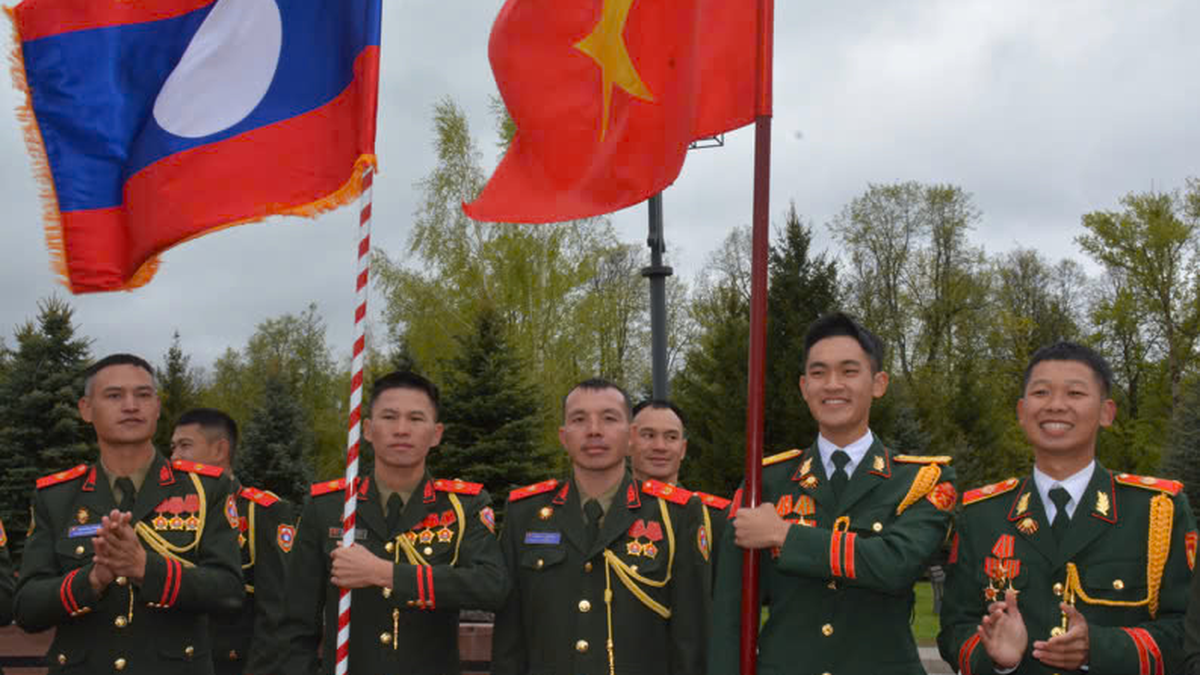
![[Photo] National Assembly Chairman Tran Thanh Man chairs the meeting of the Subcommittee on Documents of the First National Assembly Party Congress](https://vphoto.vietnam.vn/thumb/1200x675/vietnam/resource/IMAGE/2025/5/8/72b19a73d94a4affab411fd8c87f4f8d)
![[Photo] President Luong Cuong presents the decision to appoint Deputy Head of the Office of the President](https://vphoto.vietnam.vn/thumb/1200x675/vietnam/resource/IMAGE/2025/5/8/501f8ee192f3476ab9f7579c57b423ad)
![[Photo] General Secretary concludes visit to Azerbaijan, departs for visit to Russian Federation](https://vphoto.vietnam.vn/thumb/1200x675/vietnam/resource/IMAGE/2025/5/8/7a135ad280314b66917ad278ce0e26fa)
![[Photo] Prime Minister Pham Minh Chinh meets with the Policy Advisory Council on Private Economic Development](https://vphoto.vietnam.vn/thumb/1200x675/vietnam/resource/IMAGE/2025/5/8/387da60b85cc489ab2aed8442fc3b14a)


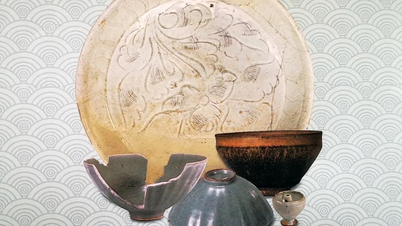

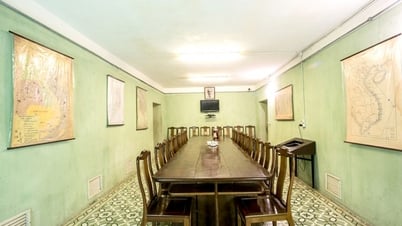

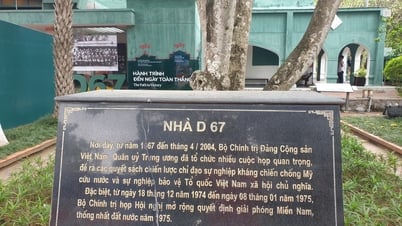
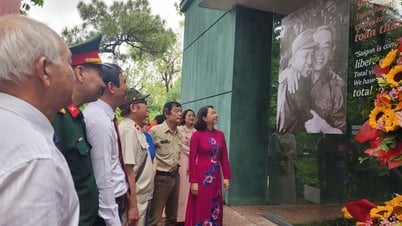

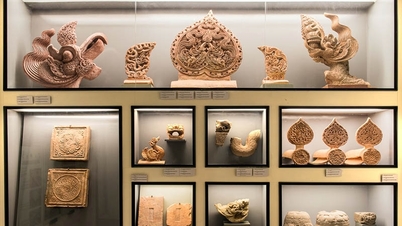











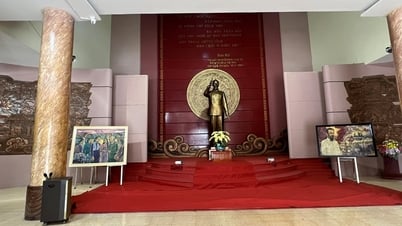

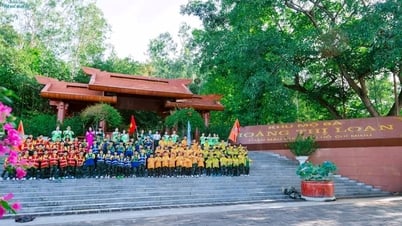


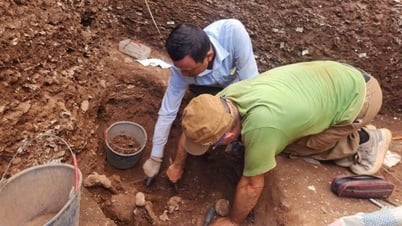













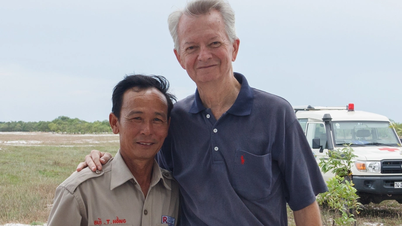












![[Photo] Prime Minister Pham Minh Chinh talks on the phone with Singaporean Prime Minister Lawrence Wong](https://vphoto.vietnam.vn/thumb/402x226/vietnam/resource/IMAGE/2025/5/8/e2eab082d9bc4fc4a360b28fa0ab94de)
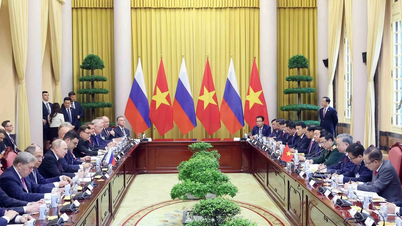




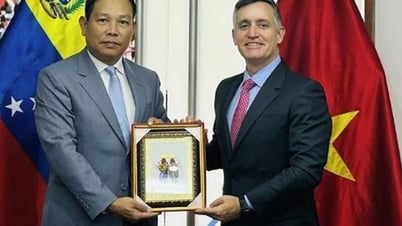




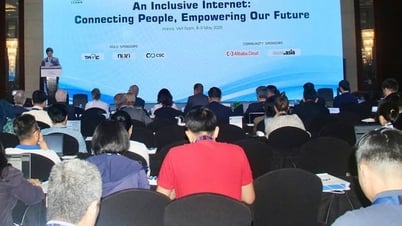



















Comment (0)